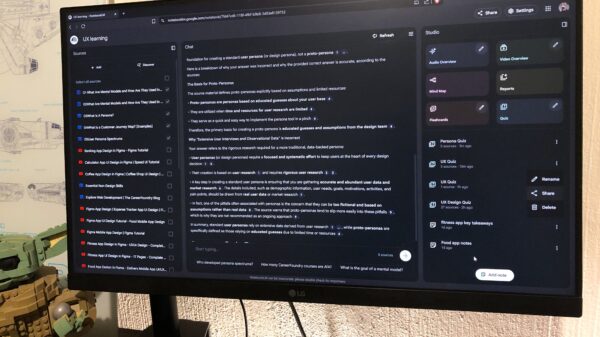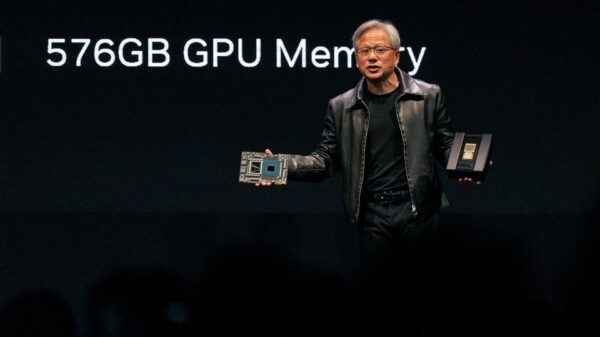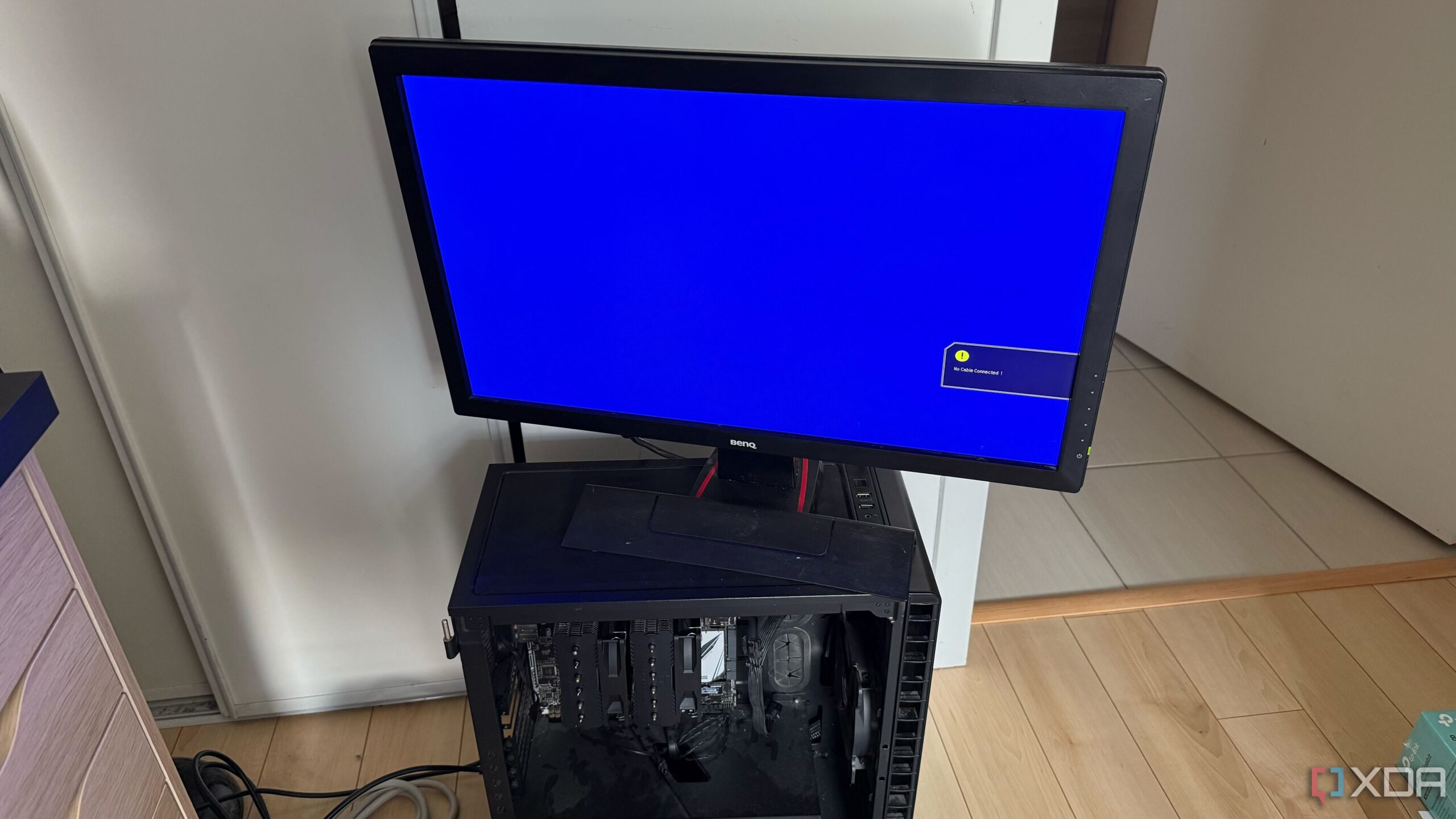BREAKING NEWS: A growing number of tech enthusiasts are abandoning their Synology NAS systems in favor of building custom solutions due to recent restrictive policies. This shift is fueled by users’ desires for more control over their storage systems and robust capabilities that Synology no longer provides.
For over a decade, Synology has been a trusted name in home storage, with models like the DS1621xs+ leading the market. However, recent reports reveal a concerning trend: the company is imposing new restrictions that limit users’ choices in hardware and functionality. Many users are urgently seeking alternatives as these changes affect their ability to manage data effectively.
One major complaint centers around third-party hard drive compatibility. Synology now allows only its branded drives or those certified by the company, stripping users of access to critical drive health statistics and support for unsupported drives in storage pools. This decision has frustrated many, especially as Synology’s largest available hard drive is just 20TB, while users like one individual have drives up to 22TB and need more capacity.
Furthermore, the removal of essential features like hardware transcoding has left many users feeling abandoned. This functionality is crucial for personal media servers, enabling smoother streaming of high-resolution videos. The change limits users to relying solely on CPU power for transcoding, which is not feasible for many models supported by Synology.
Another significant drawback is the limited options for PCIe add-in cards, which Synology restricts to a small, costly selection. Users can find much more affordable enterprise hardware on the market, allowing for faster networking and enhanced performance without the exorbitant costs associated with Synology’s offerings.
As users look for alternatives, many are considering open-source operating systems like TrueNAS, Rockstor, and HexOS. These systems offer the flexibility to customize hardware options and utilize advanced file systems like ZFS, which provides self-healing properties for data integrity.
The urgent need for more storage is driving users away from Synology’s limited offerings. Many have expressed frustration with the exorbitant prices for additional drive bays and the constraints of Synology’s Btrfs file system, which they feel does not meet their long-term storage needs.
The trend has sparked a DIY NAS revolution, where tech-savvy users are repurposing older hardware or building new systems from the ground up. With options to create all-flash NAS setups for quicker access to frequently used files, users are finding that custom solutions can significantly enhance performance and usability.
The community’s response has been overwhelmingly positive, as users share their experiences and tips for building cost-effective and efficient NAS systems. One user noted the satisfaction of having a multi-tier system, combining fast flash storage for active projects with larger capacity hard drives for archival purposes.
While Synology provided a seamless plug-and-play experience for years, these new developments are prompting many to seek out customizable solutions that better fit their evolving needs. As the DIY movement gains momentum, it’s clear that users are prioritizing control, performance, and flexibility in their storage solutions.
What’s next? As more users announce their transitions away from Synology, the impact on the NAS market could be significant. Industry experts suggest watching for innovations in open-source NAS solutions and rising competition as users demand better functionality and support.
Stay tuned for more updates on this developing story as the landscape of personal storage continues to evolve.





































































